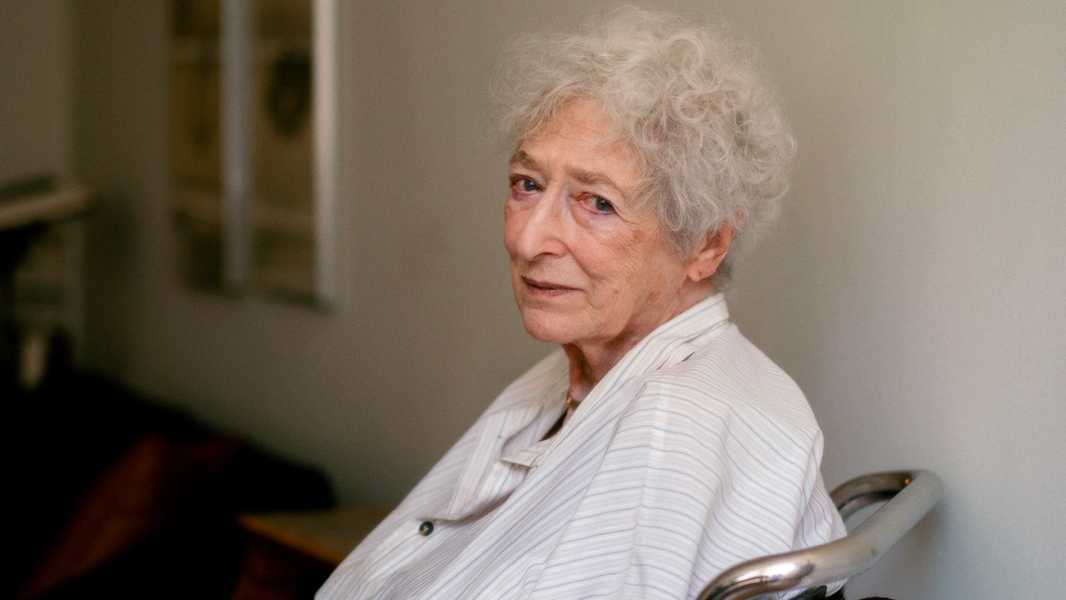
Save this storySave this storySave this storySave this story
Lore Segal, who died on Monday, at the age of ninety-six, published her first short story in The New Yorker in 1961, and her final one two weeks ago, some sixty-three years later. Her earliest work for the magazine drew on memories of her last days in Vienna, the city of her birth, as the Nazi persecution of Austrian Jews was deepening, and on her experiences as a refugee after her parents managed to get her on a Kindertransport to England, in 1938. In those autobiographical stories, which formed the basis of her 1964 début novel, “Other People’s Houses,” Segal describes the abrupt and violent destruction of the comfortable, loving world of her Viennese childhood, yet her writing has a remarkable buoyancy. Talking about her most recent story in September, Segal said, “I am serious and funny. I don’t know how to be serious without being funny.” In “The Children’s Transport,” from The New Yorker’s March 18, 1961, issue, Lore, the ten-year-old narrator, is already attuned to irony and wryly self-aware, gently mocking her own desire to be noticed. Describing her arrival by ship on the English side of the Channel with the other Kindertransport children, she notes, “Newspapermen had come aboard. All morning they walked among us flashing bulbs, taking pictures. I tried to attract their attention. I played with my lunch bag—a little refugee looking for crumbs.”
In her preface to a reissued edition of the novel, Segal remembers being housed in a camp during a frigid English winter. “I did my first writing—I mean writing that understood itself to be writing—when I was ten years old,” she explains. “I sat in my coat and gloves and wrote a letter. It was a tearjerker, full of symbolisms—sunsets, dawns, and the rose in the snow outside the window, ‘a survivor,’ I wrote, ‘wearing a cap of snow askew on its bowed head.’ The letter made its way to the Refugee Committee, which found my parents a job and got them the sponsors and visas to emigrate to England, proving that bad literature makes things happen.” She continues, “My letter had another effect: I had become, without knowing it, a writer. I remember walking around that cold camp, in love with my own words, rehearsing over and over my purple sunsets, thrilling to that clever frozen rose.”
In 1983, Segal published “The First American” in The New Yorker, a story about Ilka Weissnix, a twenty-one-year-old Jewish refugee who has just landed in the New York of the early fifties. She sets off on a cross-country journey, hoping to meet “real” Americans, and, at a bar in a small Western railroad town, she encounters an older man, a cosmopolitan Black intellectual named Carter Bayoux. The man, unable to find a restaurant where he and Ilka can safely eat together, walks her back to the train station: “When Ilka turned to say goodbye she saw the droop of his face, and the sad expanse of his cheek grew large, larger, blurred; it filled Ilka’s eyes, and Ilka’s lips touched and depressed the male softness of his flesh, while her mind went scampering after something funny, in English, with which to address what she was doing here.” Two years later, “Her First American,” Segal’s much-lauded novel about the ensuing relationship between Ilka and Carter, came out. Segal was inspired, once again, by events in her own life, but there’s a greater fictional distance, it seems, between the Lore of “Other People’s Houses” and the Ilka of her subsequent work. It’s hard to imagine the brilliantly acute Segal ever stumbling over her own words, in the way that Ilka does in her rudimentary English, or ever being quite so naïve.
“The Reverse Bug,” published in the May 1, 1989, issue, is one of a series of stories that Segal set in a fictional academic think tank, the Concordance Institute (which were eventually gathered in her 2007 novel-in-stories, “Shakespeare’s Kitchen”). Her work rarely has explicitly speculative elements, but here a symposium on genocide is interrupted by disembodied screams of pain—the sound of the victims of Dachau and Hiroshima. It’s a darkly comic exploration of the way that atrocities continue to haunt those who’ve suffered them, even if the sufferers can at times be insufferable. The Concordance Institute stories capture Segal’s fascination with how we inherit—or create—the connections that make up our social fabric. Her protagonists may sometimes feel lonely, or isolated by events, but they’re rarely alone and are almost all eager for the kind of company that makes life meaningful—and pleasurable.
Segal’s last series of stories, many of which appeared in The New Yorker in recent years, revolves around a group of old friends on New York’s Upper West Side who regularly meet for lunch. Segal’s style became ever more distilled in these “Ladies’ Lunch” pieces. As fascinated as ever by social interaction, and the way like-minded people find one another, she no longer felt much need for scene-setting or description. Her women talk—and talk and talk, and then talk some more—and in each exchange the quotidian details of life spark ideas and insight into the human condition. The stories are based on the lunches that Segal and some of her close friends enjoyed together for many years, but it often seems as though there’s a bit of Segal in all the characters. The women are confronting the realities of aging, illness, and death, but throughout these late stories Ilka, in particular, is looking back, too, to her childhood in Vienna. We feel Ilka’s sense of loss—her bewilderment, her curiosity, her resignation, her pain at losing the city and the country that she loved, and her horror at the fate of so many members of her extended family. Ilka is always telling her friends, in effect, You remember this, you remember what I told you.
The title of Segal’s last story is “Stories About Us.” Another title she had in mind was “Still Talking.” You could also say, still thinking, still probing, still questioning. When the story was scheduled for publication, Segal had already entered hospice at home. She’d long relished the give and take of editing, and although she was now very frail, she was still able to discuss the editorial queries. Her voice was faint, but the lilt of her Austrian-accented English was clear, and she would often repeat aloud a sentence where I’d suggested an edit. Sometimes she’d agree, but at other times, with a merry incredulity, she’d say no. Of course, she implied, I should understand what a ridiculous suggestion this was! And, of course, she was right. ♦
Sourse: newyorker.com






